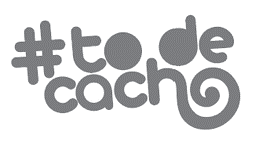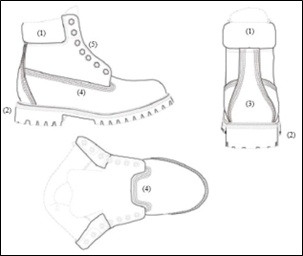Issuing a revised opinion following the Supreme Court’s 2023 decision in Abitron Austria GmbH v. Hetronic Int’l, Inc., the US Court of Appeals for the Tenth Circuit determined that none of the defendant’s purely foreign sales to foreign customers can premise liability for the plaintiff’s Lanham Act claims and that any permanent injunction issued against the defendant cannot extend beyond qualifying domestic conduct. Hetronic International, Inc. v. Hetronic Germany GmbH; Hydronic-Steuersysteme GmbH; ABI Holding GmbH; Abitron Germany GmbH; Abitron Austria GmbH; Albert Fuchs, Case Nos. 20-6057; -6100 (10th Cir. Apr. 23, 2024) (Murphy, McHugh, Phillips, JJ.)
Hetronic is a US company that manufactures radio remote controls for heavy-duty construction equipment. Hetronic sued its foreign distributors and licensees (collectively, Abitron) in the US District Court for the Western District of Oklahoma for trademark infringement when, following termination of the Hetronic distribution and license agreements, Abitron reverse-engineered Hetronic’s products and began manufacturing and selling their own copycat products bearing Hetronic’s trade dress (a “distinctive black-and-yellow color scheme”). Abitron’s sales of the copycat products took place primarily in Europe. In the first rounds of this dispute, the district court rejected Abitron’s argument that Hetronic sought an impermissible extraterritorial application of the Lanham Act, and a jury awarded Hetronic $96 million in damages related to Abitron’s global use of Hetronic’s marks. Abitron was also permanently enjoined from using the marks anywhere in the world. Abitron appealed to the Tenth Circuit.
As a matter of first impression, the Tenth Circuit fashioned its own test to determine the extraterritoriality of the Lanham Act, upholding the district court’s ruling but narrowing the injunction to only the countries where Hetronic marketed or sold its products. Abitron appealed to the Supreme Court.
The Supreme Court granted certiorari to resolve a circuit split over the Lanham Act’s extraterritorial reach. Specifically, the Supreme Court was asked to decide whether the Lanham Act applies to “purely foreign sales that never reached the United States or confused U.S. customers” and considered its long-standing presumption against extraterritoriality, with the first step of its analysis consisting of asking whether Congress has “affirmatively and unmistakably instructed” that a particular statute “should apply to foreign conduct.” As the second step, the Supreme Court determined whether a claim seeks a permissible domestic or impermissible foreign application of a statute.
The Supreme Court held that Sections 32(1)(a) and 43(a)(1)(A) of the Lanham Act are not extraterritorial and that the infringing conduct – being “use in commerce” of a trademark – determines the dividing line between foreign and domestic application of the Lanham Act. The Supreme Court vacated the Tenth Circuit’s findings and remanded for further proceedings, instructing the Tenth Circuit to reevaluate which of Abitron’s allegedly infringing activities count as use in commerce under the Supreme Court’s exterritoriality frameworks and to determine on which side of the dividing line Abitron’s conduct falls.
With the Supreme Court having already determined step one, on remand, the Tenth Circuit started with step two of the extraterritoriality analysis and found [...]
Continue Reading
read more

 Subscribe
Subscribe




